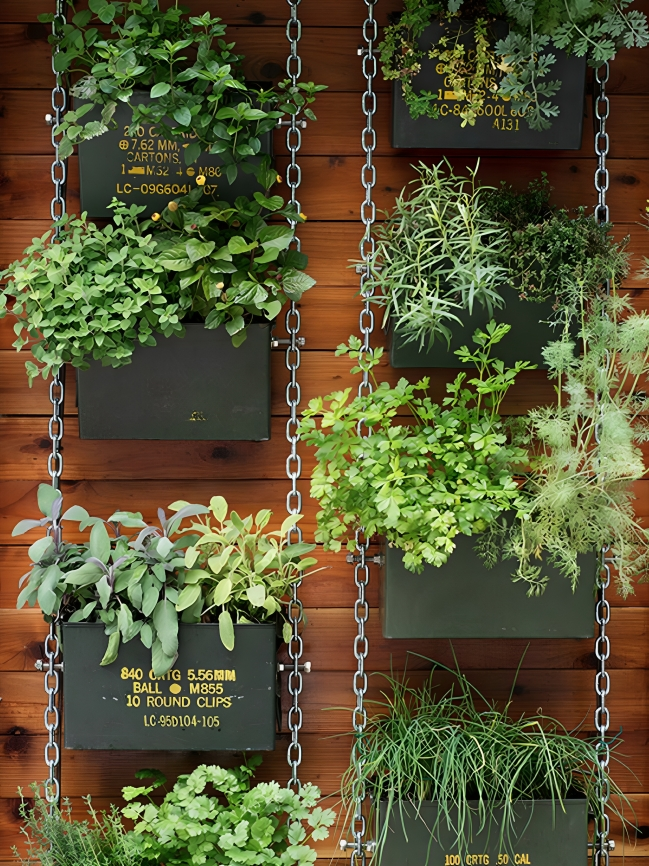Innovative Approaches To Urban Horticulture
Urbanization has transformed the landscapes of many cities worldwide, replacing green spaces with concrete structures. However, amidst this urban sprawl, there’s a growing movement towards integrating nature back into the heart of cities through innovative urban horticulture practices. These approaches not only beautify urban environments but also offer numerous benefits ranging from improved air quality to enhanced community well-being.
To Know More About It Please Click Here
Green Roofs and Vertical Gardens
One of the most visually striking and practical innovations in urban horticulture is the proliferation of green roofs and vertical gardens. Green roofs involve covering the tops of buildings with vegetation, providing insulation, reducing stormwater runoff, and mitigating the urban heat island effect. Vertical gardens, on the other hand, utilize vertical spaces such as walls or facades to cultivate plants, adding aesthetic appeal and improving air quality while maximizing land use efficiency.
Community Gardens and Urban Farms
Community gardens and urban farms are increasingly becoming focal points of urban horticulture initiatives. These spaces not only provide fresh, locally grown produce but also serve as educational hubs, bringing together diverse communities and fostering a sense of stewardship towards the environment. From vacant lots to rooftops, these urban oases are transforming underutilized spaces into vibrant centers of greenery and sustainable food production.
Hydroponics and Aeroponics
Innovations in hydroponic and aeroponic systems have revolutionized urban agriculture by enabling plant growth without soil. Hydroponic systems utilize nutrient-rich water solutions to nourish plants, while aeroponic systems mist plant roots with nutrients, conserving water and space. These soil-less techniques are ideal for urban environments where arable land is scarce, allowing for year-round cultivation in controlled indoor environments such as warehouses or shipping containers.
Mobile and Modular Gardens
Mobile and modular gardens offer flexibility and adaptability, allowing urban horticulture to thrive in unconventional spaces. From repurposed shipping containers to movable planters on wheels, these portable gardens can transform parking lots, sidewalks, or unused corners into green havens. Moreover, their mobility enables them to address community needs dynamically, whether by providing fresh produce to food deserts or beautifying temporary urban spaces.
Technology-Driven Solutions
Advancements in technology have further propelled innovation in urban horticulture. From smartphone apps that facilitate community gardening to sensor-based irrigation systems that optimize water usage, technology is streamlining horticultural practices in urban settings. Additionally, vertical farming facilities equipped with LED lighting and automated climate control systems are revolutionizing urban agriculture by enabling year-round production of high-quality crops in controlled environments.
Conclusion:
Innovative approaches to urban horticulture are reshaping the landscapes of cities, turning concrete jungles into vibrant green spaces. From green roofs and vertical gardens to community farms and high-tech indoor farms, these initiatives offer sustainable solutions to the challenges of urbanization while enhancing the quality of life for urban dwellers. As cities continue to grow, embracing these innovative horticultural practices will be essential in creating healthier, more resilient, and environmentally conscious urban environments.







